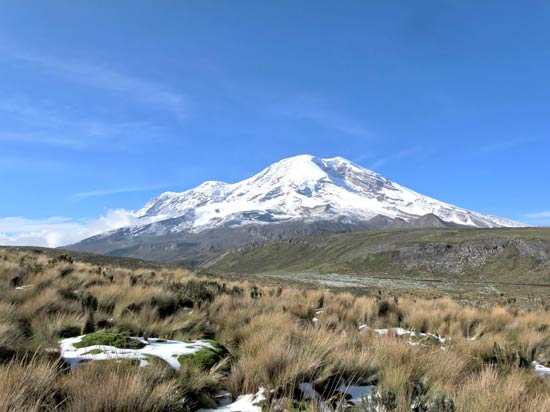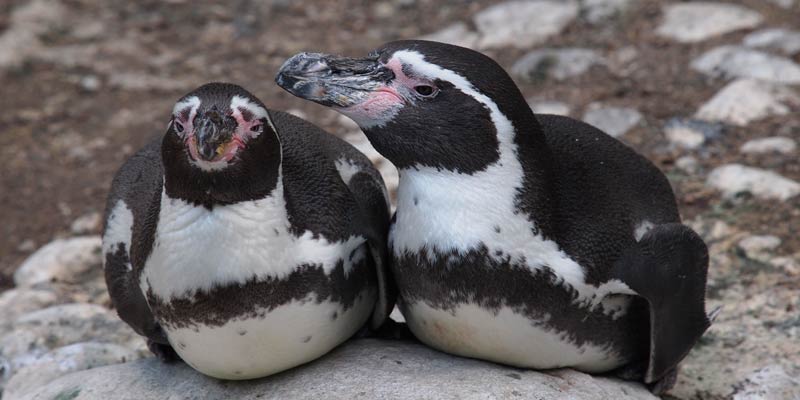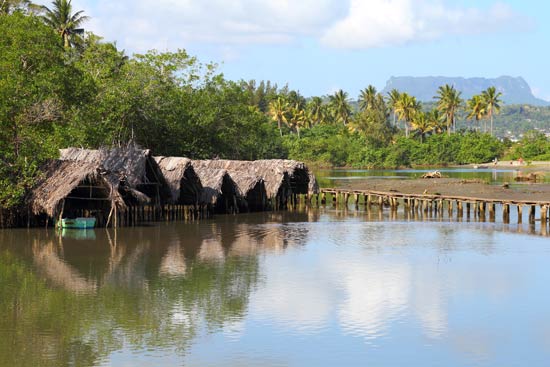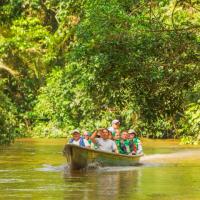The Holbrook Explorer

Who was Alexander Von Humboldt?
Who was Alexander Von Humboldt?
Alexander Von Humboldt is known as one of the most significant contributors to the earth sciences and undoubtedly one of the most important scientific explorers of Latin America. He used to be famous worldwide, yet the average person nowadays doesn’t even recognize his name or know anything about him. This year is the 250th anniversary of Humboldt’s birth, making it the perfect time to revisit his legacy and explore who exactly Humboldt was and how he became such an influential figure..
 Portrait of Humboldt (1843)
Portrait of Humboldt (1843)
Joseph Karl Stieler; Wiki Commons
His travels
Alexander Von Humboldt was born in 1769 into a wealthy Prussian family. As an adult, he gave up that life to pursue his true passion for exploration. First, he traveled around the South American mainland for five years, studying the geography, geology, biology and botany as he went. He ventured deep into the rainforests of Venezuela, climbed 18,000 feet up Mt. Chimborazo in the Andes in Ecuador to look at the flames inside an active volcano, observed Mercury moving across the night sky in Peru, mapped more than 1,700 miles of the Orinoco River, and studied the flora and fauna of the whole continent. He also ventured outside South America and visited other Spanish territories in what are now Mexico and Cuba.
 Snail in Humboldt National Park, Cuba
Snail in Humboldt National Park, Cuba
Julio Larramendi
His discoveries
After taking all of the data and observations from his adventures in South America, Humboldt decided to develop a new way of viewing the natural world called the " web of life", which is now considered the heart of modern ecological studies. This insight explored the concept that the natural world is all interconnected and described nature as a "living whole".
He was also one of the first naturalists to recognize climate change and deforestation as serious threats to the environment’s health. While in Venezuela, he noticed how cutting down trees for timber caused soil erosion and flooding and predicted that this could have devastating effects on the environment if it continued.
He wrote about these ideas as well as all of the data he collected during his travels in his famous book “Views of Nature,” where he combined science and art to talk about nature in a way no scientist had before. His work inspired thinkers, scientists, writers and poets like Walt Whitman, Thomas Jefferson, Henry David Thoreau and even Charles Darwin himself and has served as the basis for our modern understanding of the planet.
 Mount Chimborazo
Mount Chimborazo
Wiki Commons
His namesakes
Humboldt’s legacy also lives on in the many things named after him. In fact, he has more things named after him than anyone else on Earth. Once he reached South America’s west coast, he discovered and measured what is now known as the Humboldt Current, which runs through the Galapagos Islands. The Humboldt Penguin, also named after the man himself, is found in South American countries like Chile and Peru. Alejandro de Humboldt National Park in eastern Cuba, which is known for its high levels of endemic flora and fauna, was also named after him. These are just a few of the many things named in his honor.
 Humboldt Penguins
Humboldt Penguins
Christoph Anton Mitterer
His celebration
The whole world has benefited from Humboldt’s contributions to science and will be celebrating the 250th anniversary of Humboldt’s birthday, which is September 14th, 2019. In his home country of Germany, the Alexander von Humboldt Foundation is teaming up with the city of Berlin to plan year-round activities to commemorate the occasion. Museums, universities, libraries, academies and research institutions will host exhibitions, conferences, and other events. Even if there are no events near you to take part in, you can still celebrate Humboldt’s legacy by going out into nature, taking in your surroundings, and feeling truly connected to the world around you just like Humboldt did centuries ago.
 Village in Humboldt National Park, Cuba
Village in Humboldt National Park, Cuba
Bigstock

